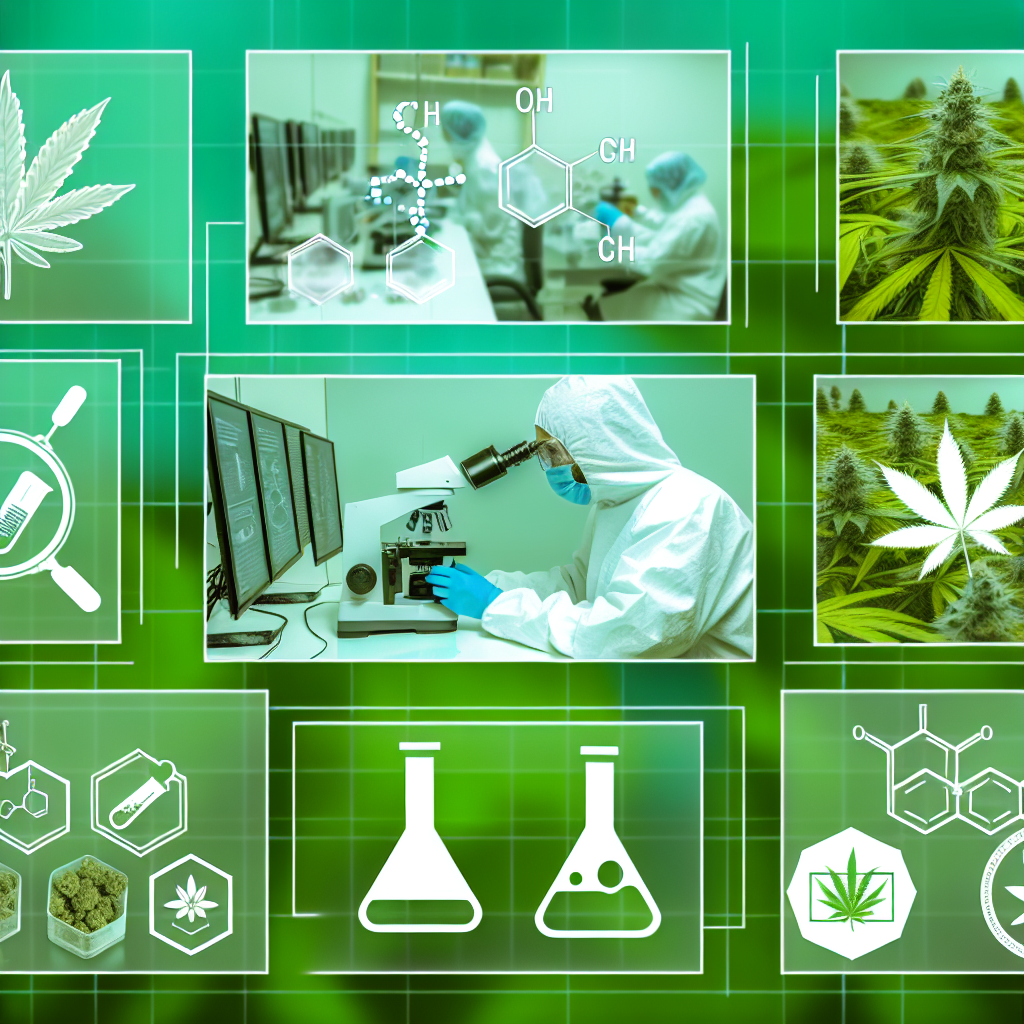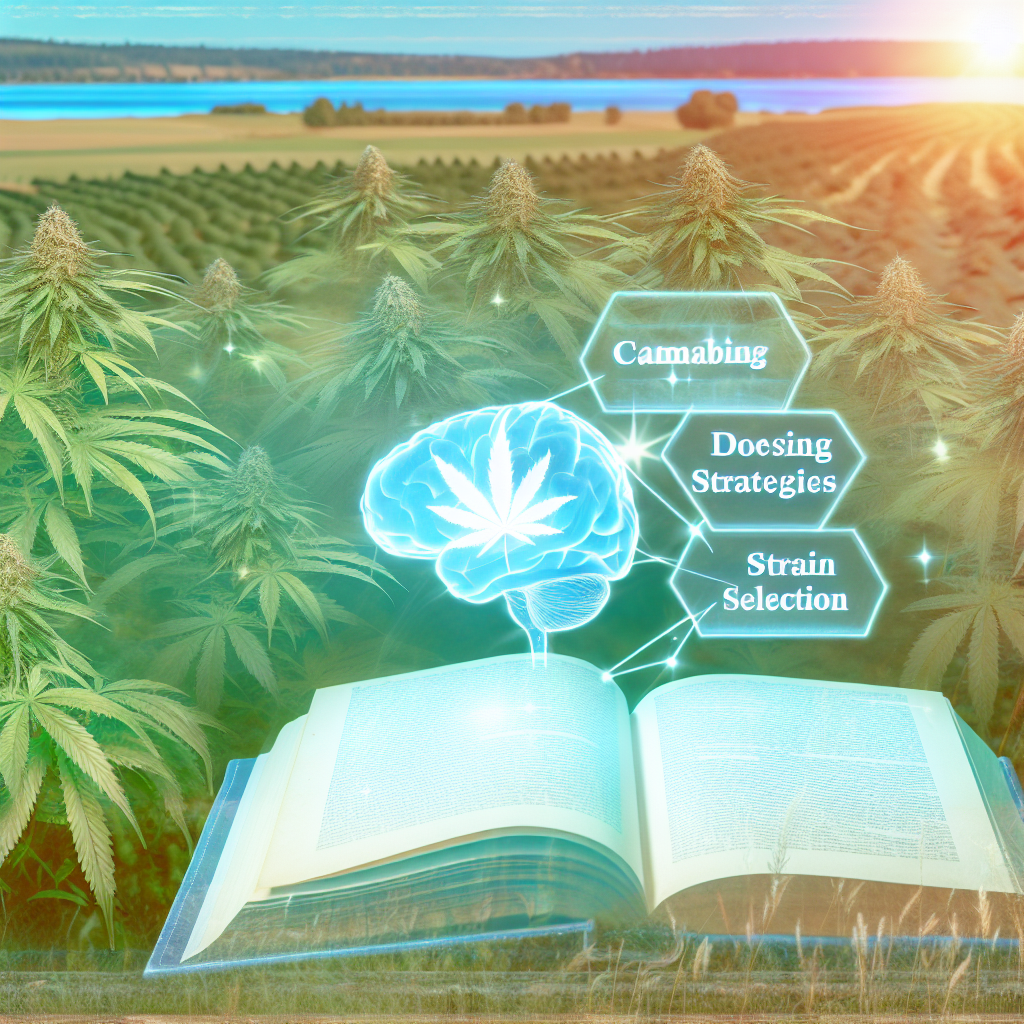The Science of Cannabis Sommeliers — Advanced Analytical Techniques for Sensory Evaluation
Introduction
In the evolving landscape of cannabis, the role of a cannabis sommelier has advanced beyond traditional connoisseurship into that of a trained sensory professional. Much like wine or cigar sommeliers, these experts utilize trained sensory perception to evaluate and articulate traits such as aroma, flavor, appearance, and texture. However, what sets them apart in today’s market is their grounding in rigorous analytical science.
Modern cannabis sommeliers do more than determine how “dank” a flower smells or how smooth a smoke feels. They employ data-driven, repeatable analysis to capture plant qualities in scientifically recognized terms. This elevation of the sommelier’s role is critical as the cannabis industry matures under increasing regulatory scrutiny and consumer sophistication. Knowledgeable professionals are now instrumental to cultivators, product developers, retailers, and healthcare providers by ensuring quality, consistency, and proper consumer guidance.
At the heart of this transformation is a multidisciplinary science that blends sensory evaluation methods like Sensory Descriptive Analysis (SDA) with technologies such as Gas Chromatography-Mass Spectrometry (GC-MS) and High-Performance Liquid Chromatography (HPLC). These tools allow for a deeper understanding of how distinct chemical compounds—especially terpenes and flavonoids—contribute to the overall experience of cannabis. By correlating human perception with chemical composition, this new wave of research is turning centuries-old smoking cultures into empirical science.
With a more informed public and the rise of wellness-focused products, cannabis professionals must articulate what makes one product “premium” better than another. This requires not just subjective appreciation but the ability to cite scientific reasoning about why a product appeals to the senses and how it may affect the user.
Ultimately, this fusion of chemistry, botany, sensory psychology, and consumer education forms an exciting interdisciplinary frontier in cannabis research. Whether optimizing phenotypes, curating products at dispensaries, or supporting medical users’ choices, licensed sommeliers are becoming integral pillars of the industry.
Features
Structured Sensory Evaluation
The transition from traditional cannabis testing to professional-grade evaluation begins with the application of structured methods such as Sensory Descriptive Analysis (SDA). This technique, borrowed from the food and beverage industries, uses trained panels to quantify organoleptic traits—taste, aroma, texture—in a consistent and reproducible manner. Using this, cannabis sommeliers track variations between batches or strains with scientific precision. For example, panelists can be trained to detect nuances in earthy, diesel-like, or fruity notes and quantify those attributes on standardized scales.
According to studies in the Journal of Sensory Studies, trained assessors are capable of achieving high reliability in their evaluations, paving the way for more rigorous quality control and product transparency. Learn more at the Journal of Sensory Studies.
Advanced Chemical Identification
Human perception alone is limited without support from analytical chemistry. Tools like GC-MS and HPLC help bridge this gap. GC-MS can isolate and measure the precise terpenes responsible for the citrus, piney, or gassy aromas in cannabis. HPLC is preferred for measuring cannabinoid concentrations such as THC or CBD without degradation, which is critical in both medical dosing and product classification.
Studies from Frontiers in Plant Science emphasize that the volatile organic compounds (VOCs) in cannabis—especially monoterpenes and sesquiterpenes—frequently align with specific sensory attributes. These findings support the consideration of terroir (growing conditions) and harvesting practices as instrumental to sensory outcomes.
AI & Predictive Modeling
One of the most futuristic elements in cannabis sensory analysis is the rise of machine learning systems that analyze chemical and sensory data to predict outcomes. With enough sensory input and cannabinoid/terpene profiles, AI models can anticipate how new strains will taste, smell, or feel. This allows cannabis sommeliers not only to describe current samples but to develop predictive tools for product development and personalized recommendations.
Such applications also hold transformative potential in therapeutic settings—AI-assisted algorithms may soon suggest strains best suited for issues like insomnia or anxiety based on individual sensory preferences and chemical interactions.
Formal Sommelier Training & Certification
Institutions like the Trichome Institute have introduced academically grounded cannabis sommelier programs. These courses cover methods like “interpening”—interpreting physical characteristics of the flower and aromatic profiles—and employ structured vocabularies to standardize how cannabis is discussed across locales and markets. Students are taught to identify visual cues of freshness, terpene expression, trichome health, and more, empowering them to make discerning judgments about cannabis quality.
These programs are vital in bringing consistency, trust, and professionalism to dispensaries, especially as consumers demand more informed guidance.
Cannabinoid Influence on Sensory Perception
Recent research suggests that cannabinoids themselves may influence sensory faculties. Compounds like Δ9-THC and CBD may modulate how we perceive aroma and flavor, amplifying or muting certain tones. This implies that the onset of a cannabis experience doesn’t begin at absorption, but at first scent and taste contact. These findings blur the lines between sensory evaluation and pharmacological effect, ushering in a new realm of understanding for cannabis professionals.
Studies available at the National Center for Biotechnology Information provide deeper insights into these interactions.
Conclusion
As cannabis grows beyond its stigmatized roots into a respected facet of wellness, recreation, and medicine, the science and role of the cannabis sommelier are proving indispensable. By enabling meaningful communication between sensory enjoyment and empirical data, these professionals ensure that product excellence is both appreciated and defended with science. With growing access to analytical technologies and formal training programs, the cannabis sommelier is emerging as a central figure in shaping the future of premium cannabis.
Whether they are aiding in phenotype stabilization, curating retail menus, or tailoring therapeutic recommendations, these experts represent a vital synthesis of experience and evidence.
References
– Journal of Sensory Studies
– Frontiers in Plant Science – Aromatic Compounds in Cannabis
– Trichome Institute Cannabis Sommelier Education
– National Center for Biotechnology Information – Terpenes and Cannabinoids
– Leafly – Cannabis Terpenes Explained
Concise Summary
As cannabis becomes more mainstream and scientifically regulated, the role of the cannabis sommelier has evolved into a blend of art and science. Beyond recognizing strain quality by smell or taste, today’s sommeliers are trained in sensory analytics and supported by technologies like GC-MS and HPLC. Formal education programs and machine learning tools enhance their ability to deliver consistent, personalized recommendations. By linking sensory perception with chemical profiles, cannabis sommeliers contribute to product development, therapeutic selection, and consumer trust, marking a significant advancement in how cannabis is evaluated and enjoyed.




